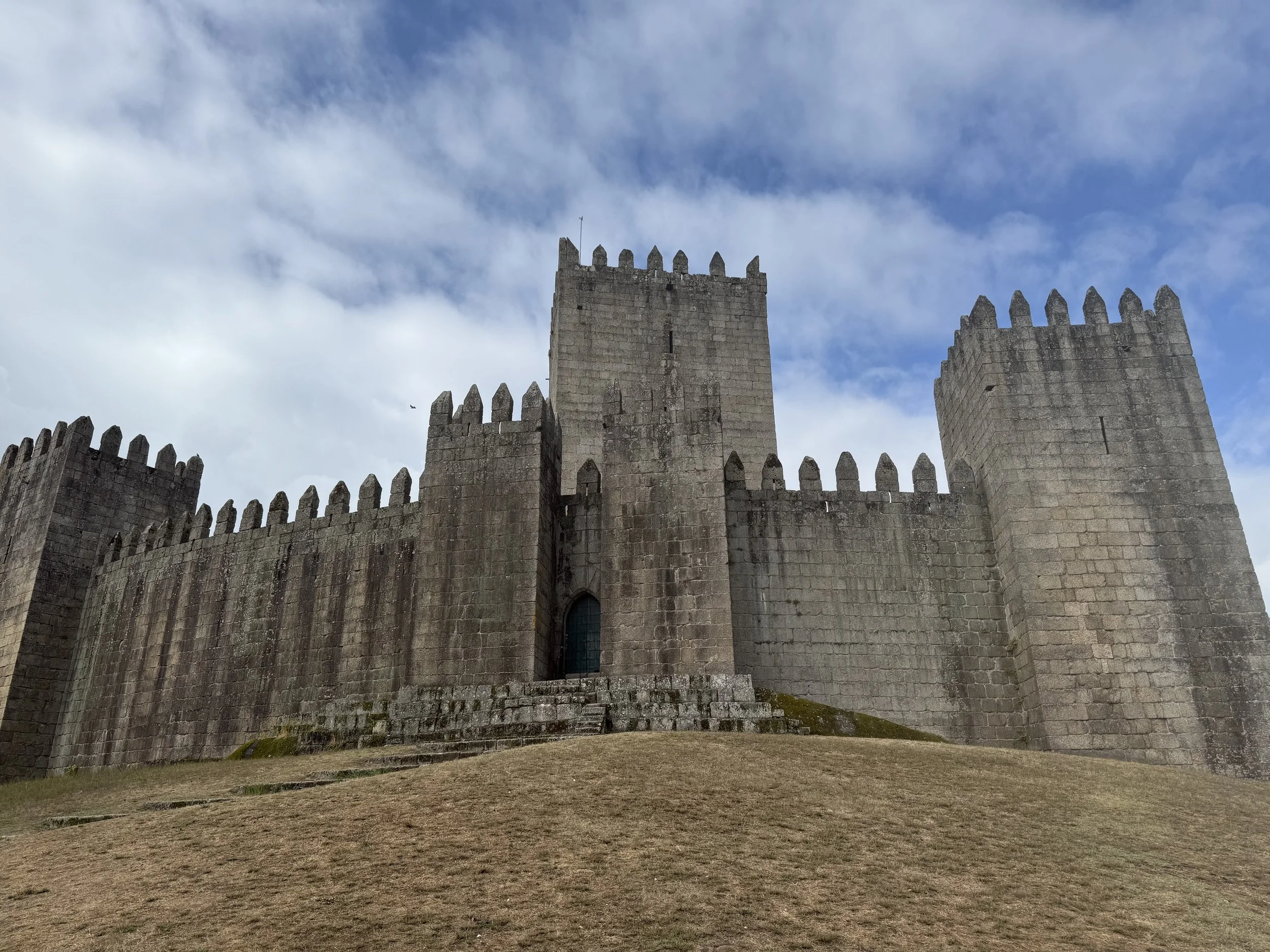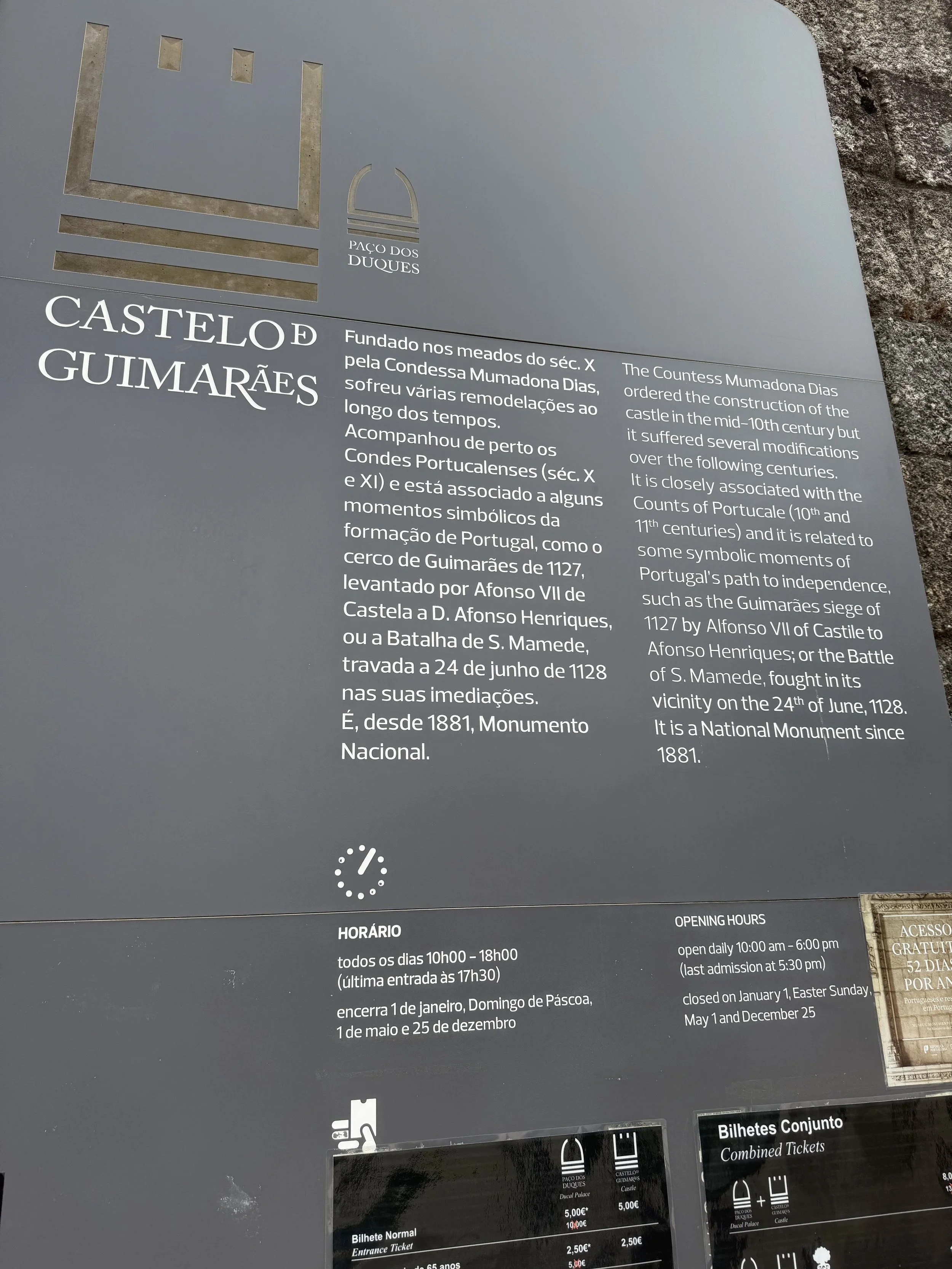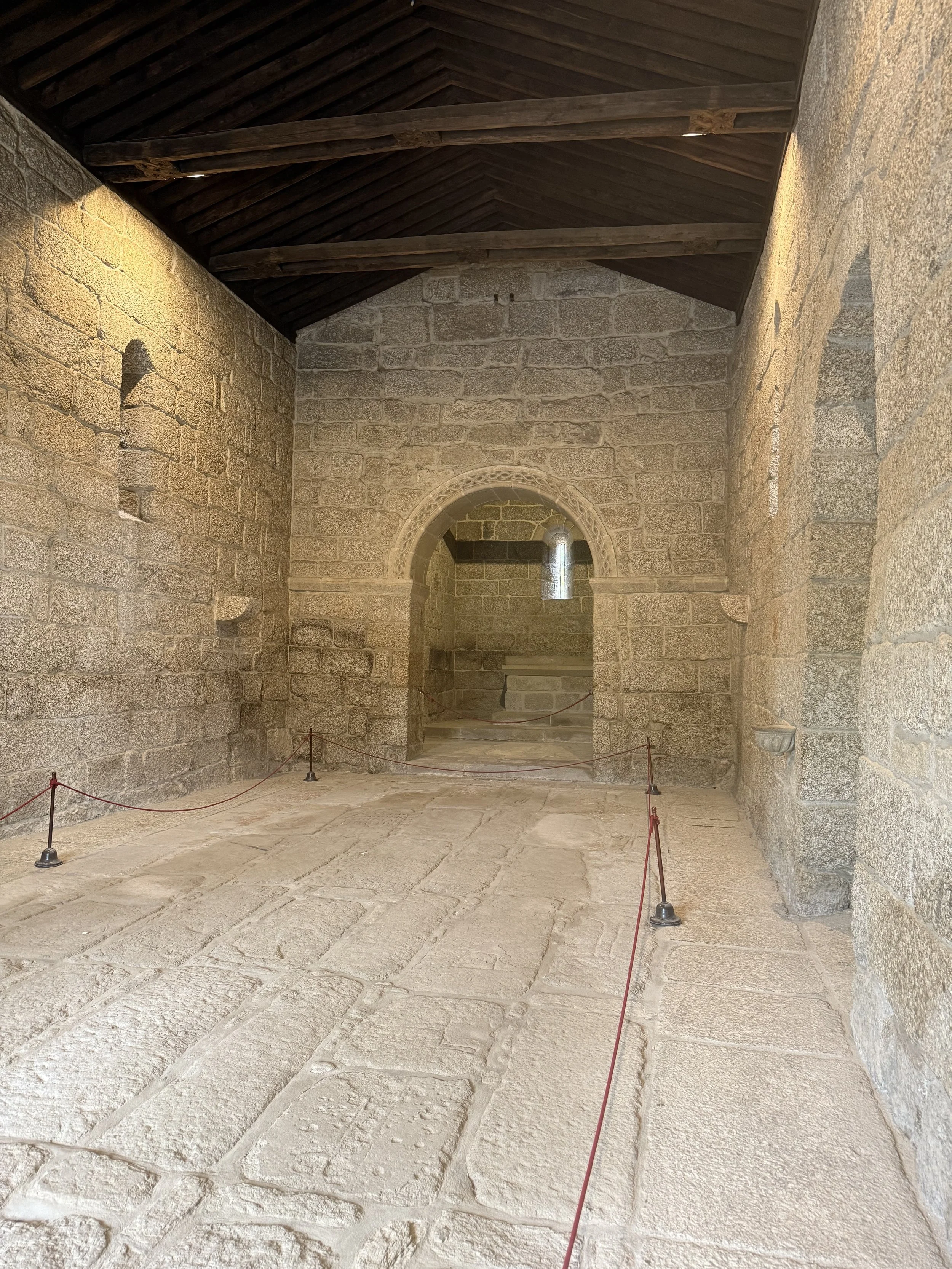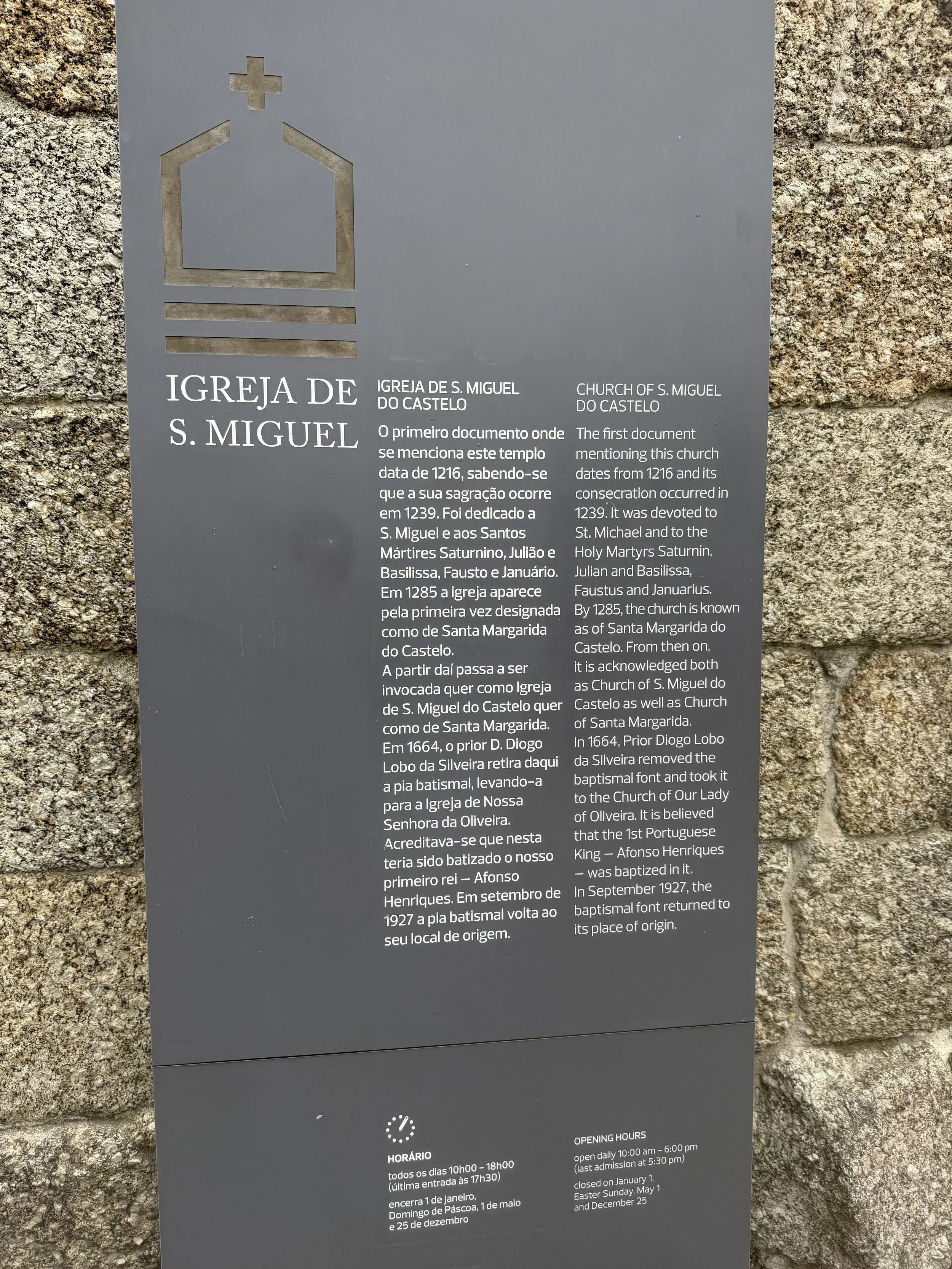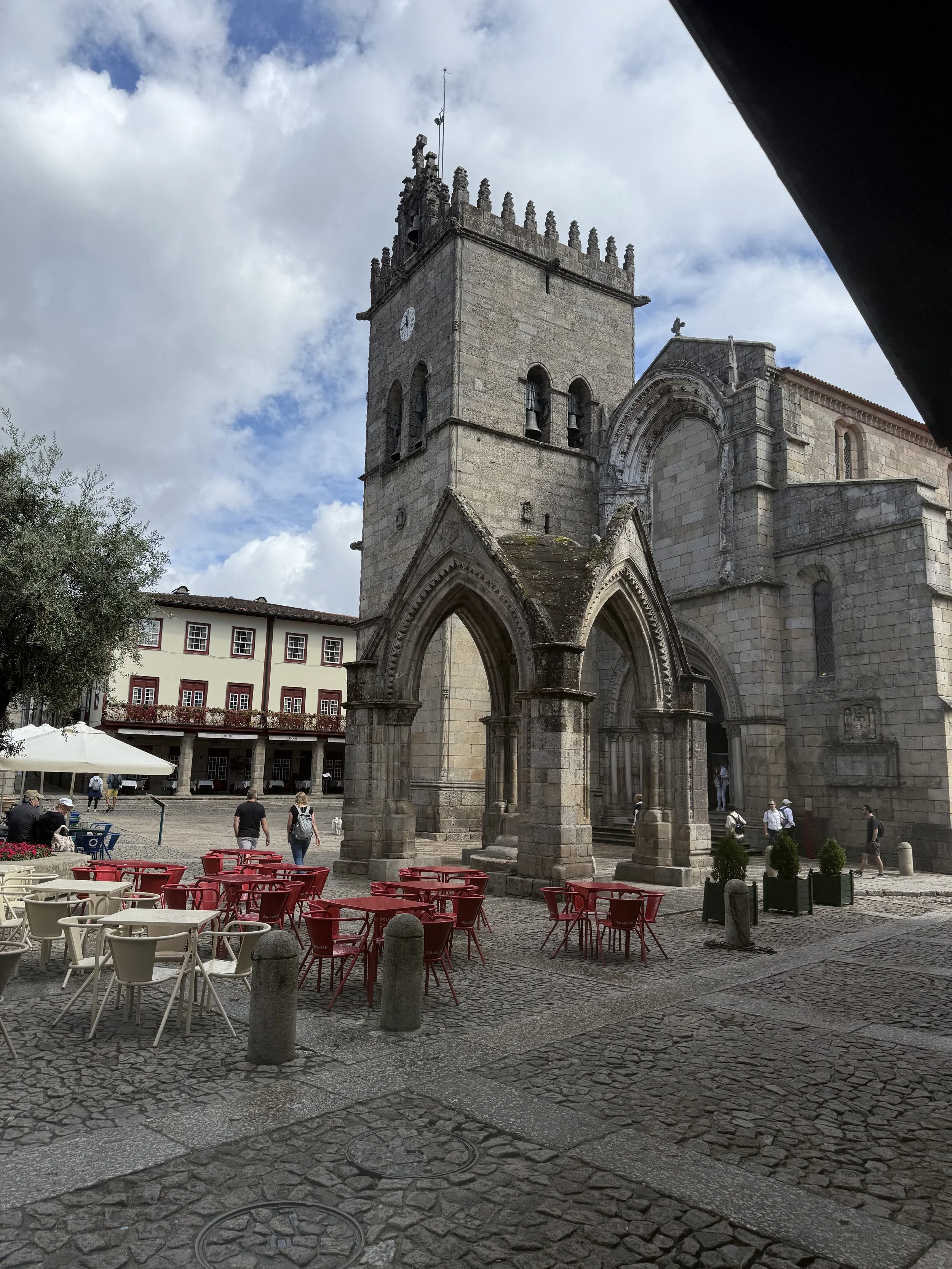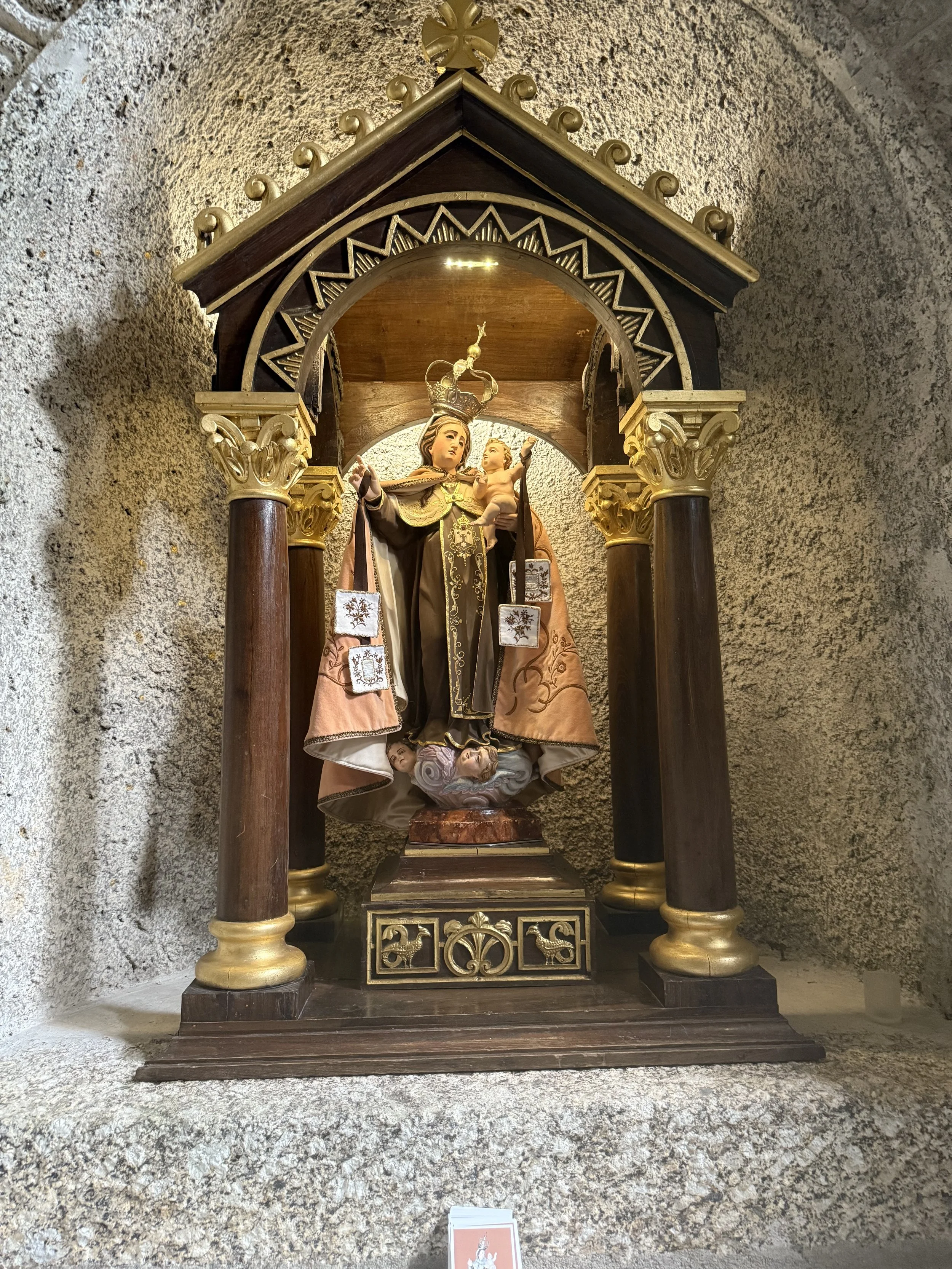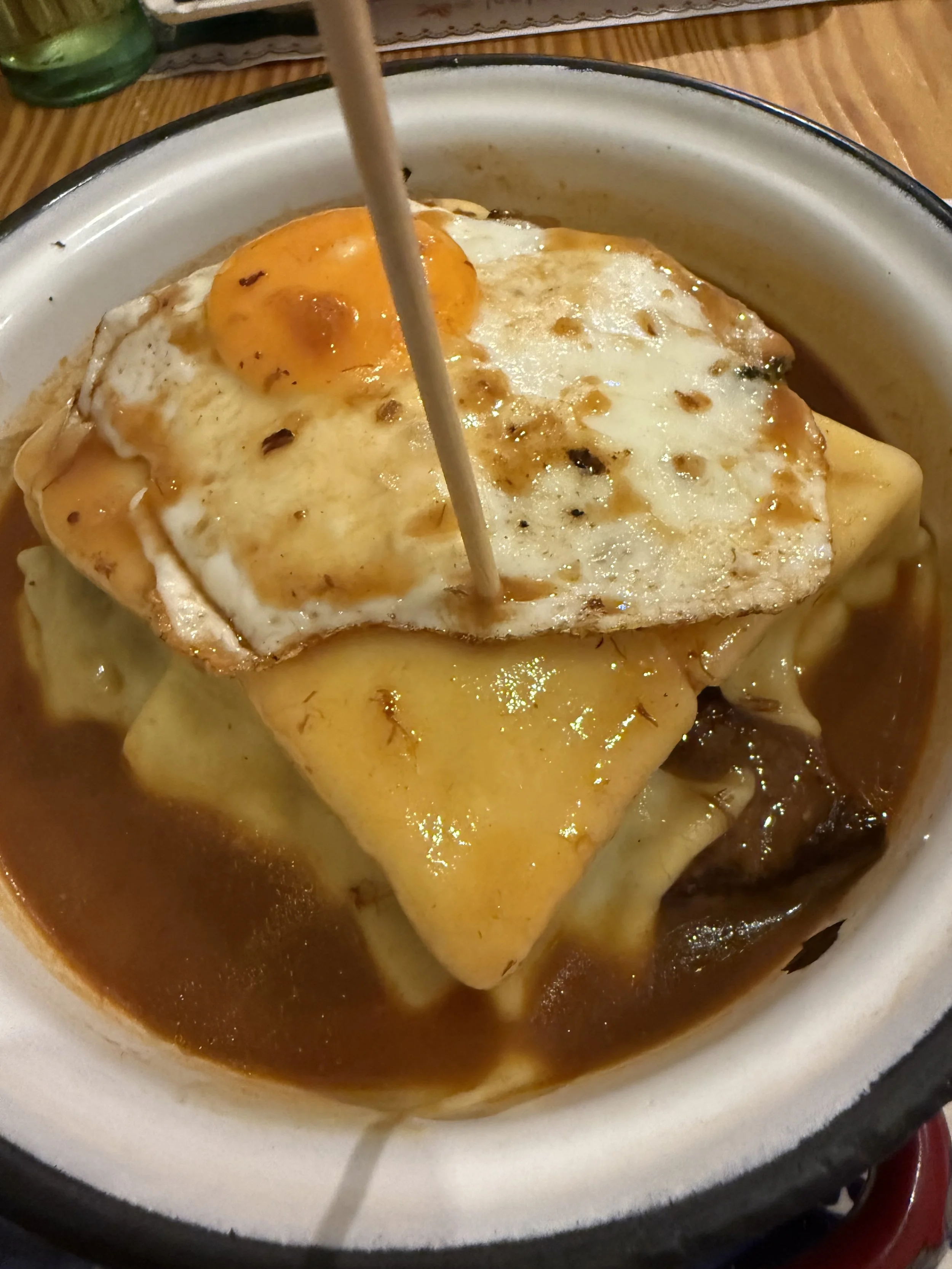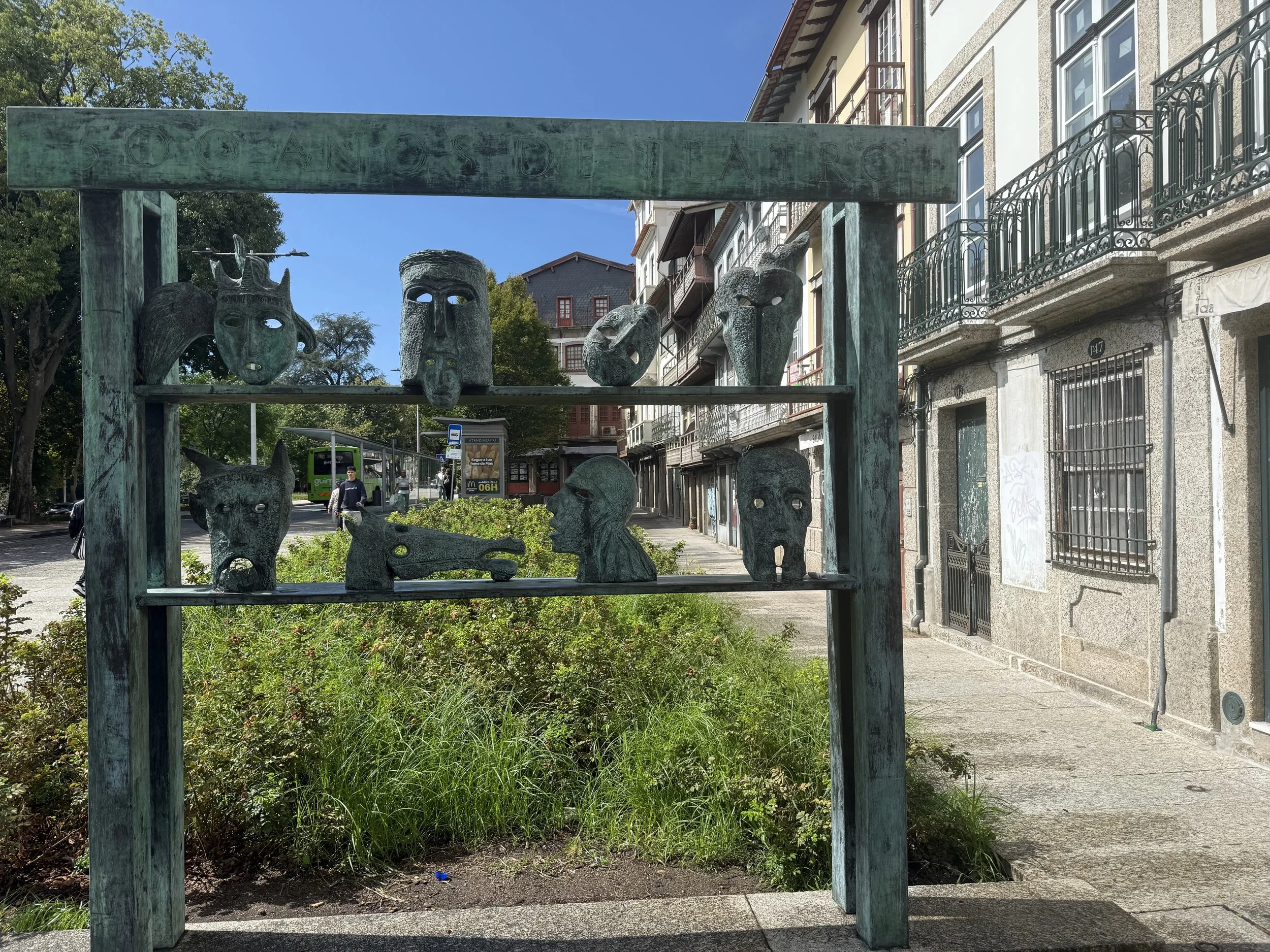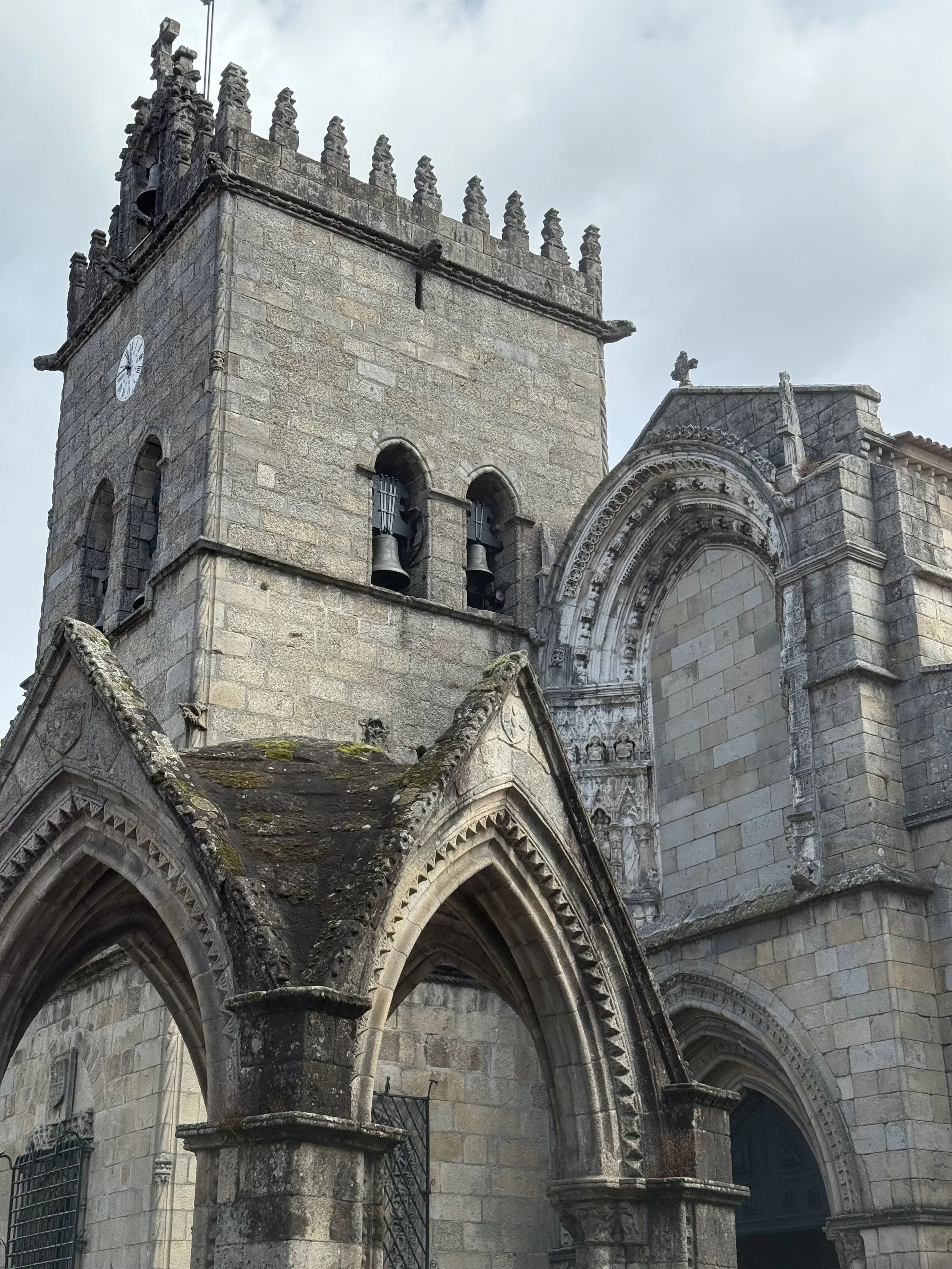The Cradle of a Nation: Guimarães Castle and the Birth of Portugal
Guimarães, Portugal. It's not just a beautiful medieval city; it's the very birthplace of a nation. At its heart stands the Guimarães Castle, a fortress of stone and history that holds a powerful story: the origin of Portugal itself. Often called the "Cradle of the Nation," this castle is far more than a tourist attraction. It’s a symbol of Portugal’s struggle for independence and the launching pad for its first king.
A Fortress Against All Odds
Built in the 10th century to defend a monastery from Moorish and Norse attacks, the castle's true significance emerged in the 12th century. At the time, what we now know as Portugal was a county within the larger Kingdom of León. The young count, Afonso Henriques, a fierce and ambitious leader, used Guimarães Castle as his base of operations. This wasn't just his home; it was the strategic command center for his rebellious campaign.
From these stone walls, Afonso Henriques rallied his forces and prepared for the battle that would change everything. The pivotal moment came on June 24, 1128, at the Battle of São Mamede. Fought just outside the city walls, this battle was a direct confrontation between Afonso's forces and those of his own mother, Teresa, who ruled the county on behalf of the King of León. Afonso's victory here was a decisive step toward true sovereignty.
The First King of Portugal
With his victory, Afonso effectively seized control of the county and began his quest to become a king in his own right. The castle served as the headquarters for this political and military campaign. The final step came in 1143 when the Kingdom of León formally recognized Portugal as an independent kingdom and Afonso Henriques as its first king.
The legacy of the castle and its connection to Afonso is immense. It represents the courage and determination to forge an independent identity. Visitors can walk the same ramparts where Afonso once stood, gazing out over the land he fought to liberate. The nearby Palace of the Dukes of Braganza and the chapel where Afonso was baptized further cement Guimarães's status as a foundational site.
Guimarães Castle isn't just a historical relic; it’s a living monument to the birth of a nation. It stands as a powerful reminder that from this small, medieval fortress, a king was crowned, a country was born, and the history of Portugal began.
A Foodie's Guide to Indulgence: The Francesinha (shown below)
For all my foodie friends, get ready for the king of all sandwiches. You've heard of it, but nothing prepares you for the Francesinha, Porto's culinary masterpiece. This isn't just a meal; it's a delicious, glorious challenge.
Picture this: layers of steak, cured ham, and spicy sausage, all stacked high between slices of thick-cut bread. Then, the entire creation is smothered in melted cheese and drenched in a hot, thick, and slightly spicy tomato-and-beer sauce that is the heart and soul of the dish. It’s typically served with a generous helping of french fries for dipping.
It's a bold, flavorful, and incredibly rich experience that perfectly captures the hearty spirit of Porto. My "keto diet" is officially on hiatus until October, because a trip to Portugal without a Francesinha is a trip not fully lived
#Guimaraes #Portugal #GuimaraesCastle #CradleOfTheNation #History #PortugalHistory #AfonsoHenriques #Medieval #EuropeanHistory #TravelBlog #ExplorePortugal #HistoricalSites #TravelPortugal #PortugalAutentico #RicardoCosta #Francesinha #PortoFood #PortugueseCuisine #FoodieTravel #EatLikeALocal #Wanderlust #EliteExplora #FoodGoals #TravelPortugal #PortugueseFood #Porto #MustTry


